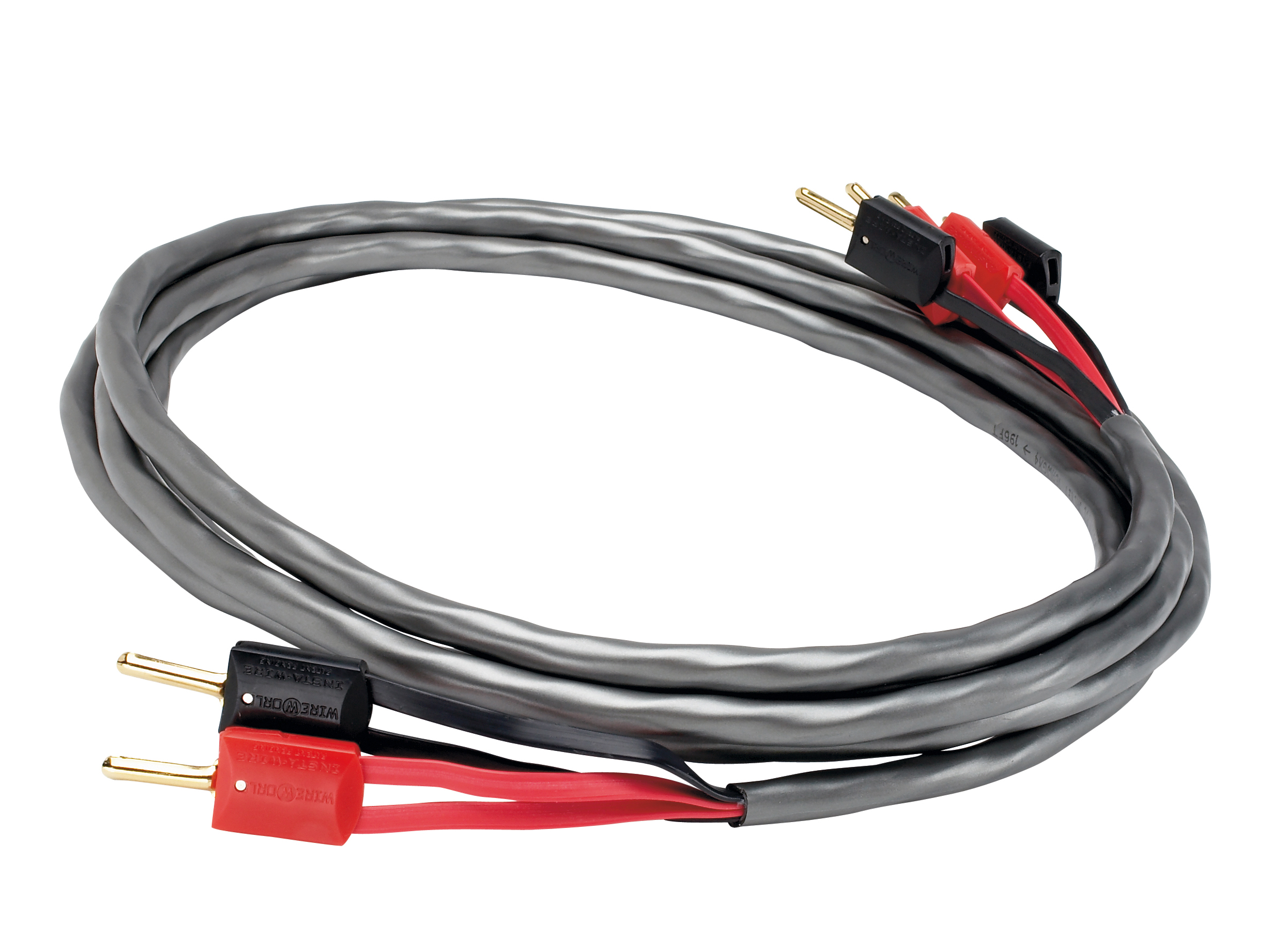TechRadar Verdict
The musical involvement is excellent, and helps this cable to transcend a few minor technical blemishes
Pros
- +
Vibrant and involving
Cons
- -
Detail not the best
Why you can trust TechRadar
The Wireworld Orbit differs from rival cables in that it's intended principally for installation use.
Still, apart from having a slightly more slippery jacket that's suitable for being pulled into conduits, mechanically it is very similar to the Atlas Hyper 1.5, and would undoubtledly work well in many conventional hi-fi systems.
It's a bi-wire design with four flat-stranded conductors stacked under the overall jacket in such a way as to give not only quite high capacitance, but also a degree of screening. It was supplied for review with Wireworld's own 'Insta-Wire' banana plugs, designed for rapid fitting by installation personnel. They may not look all that impressive, but they do work well.
We took an instant shine to this cable and continued to enjoy its performance even while coming to recognise that in many specific areas it is not particularly outstanding.
The main reason for that was its cheerful, bouncy, rhythmic nature that complements a wide variety of music and keeps the listener involved. Against that, we'd have to concede that detail is not the best and bass, while extended, is only moderately well controlled.
Treble is good, with plenty of extension and natural spatial qualities, while through most of the midrange there's decent detail and imaging that, unusually, seems sometimes better at depth than width. All those things matter when one listens analytically, but we found Orbit at its best when we simply turned the wick up and sat there grinning - it's that sort of product.
Sign up for breaking news, reviews, opinion, top tech deals, and more.
Tech.co.uk was the former name of TechRadar.com. Its staff were at the forefront of the digital publishing revolution, and spearheaded the move to bring consumer technology journalism to its natural home – online. Many of the current TechRadar staff started life a Tech.co.uk staff writer, covering everything from the emerging smartphone market to the evolving market of personal computers. Think of it as the building blocks of the TechRadar you love today.
